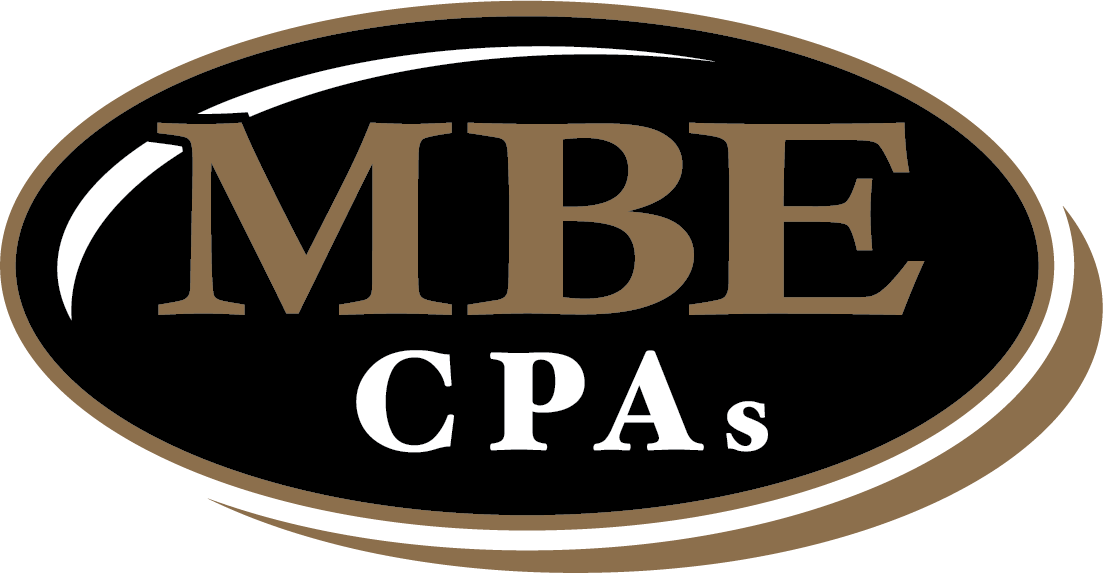5 Ways to Save for College

Writing Finis to Financial Worries: Saving for College
As kids, the closest idea we had about having babies was playing with a Baby Alive. Nobody told us that raising a child goes beyond lullabies, feeding bottles, and diapers. Of course dolls can’t grow up so they won’t be needing college. In contrast, your baby can be crawling right now, but in just a blink of an eye, he’s already off to college!
In the U.S., the average college loan debt is $37,693, and the thing with loans is, it straddles us into a cycle. Based on statistics, 50% of student borrowers still owe at least $20,000 each after 20 years from entering school. By this time, they’d already have children of their own who are going to college, and so the student loan cycle continues.
On a more positive note, today, 71% of parents are confident in their plan to pay and 79% have started saving up for their children’s college education. However, despite these numbers, the reality is that more than half of these parents have more than one child to send to college. To top it off, they have multiple loans to take care of and retirement to save up for.
With these in mind, a sound financial plan is the key to juggling daily expenses, retirement funds, and investment for your children’s future.
Is it too late now?
529 Plans
529 plans, legally known as “qualified tuition plans,” are named after Section 529 of the U.S. Tax Code. These are savings plans sponsored by states, state agencies, or educational institutions that offer special tax benefits like deduction of contributions from state income tax, exemption of earnings from federal income tax and, in most cases, from state income tax. There are two types of 529 plans and each has advantages over the other.
In Prepaid Tuition Plans, the account holder, in essence, purchases units or credits at participating colleges and universities which may be used by his/her beneficiary’s future tuition fees and other mandatory fees.
Pros:
- The units or credits purchased are valued at the current rates.
- The plan can cover up to five years of tuition and other mandatory fees.
- The funds cannot be used for another purpose like college or university room and board.
- Most plans state government-sponsored and have a residency requirement for both the account holder and beneficiary.
- The plan may pay less if the beneficiary attended a non-participating college or university.
Education Savings Plans are investment accounts that cover the beneficiary’s qualified higher education expenses which may include not only tuition and mandatory fees, but also room and board and textbooks.
Pros:
- Withdrawals can be used at any college or university.
- The funds can also be used to pay up to $10,000 of tuition fees per year for every beneficiary for elementary and secondary education.
- If not utilized for a qualified educational purpose, withdrawals are subject to tax and to a 10% penalty.
- There’s no guarantee that your investment will make money and you could lose some or all of the money invested.
Coverdell Education Savings Accounts
Like 529 Education Savings Plans, Coverdell Education Savings Accounts can be used for elementary, secondary, and college education expenses. Account holders are also granted special tax benefits.
Pros:
- Earnings, if used for educational purposes, can grow tax-free.
- Distributions are not subject to income taxes as long as used for educational purposes.
- The funds can be withdrawn and used for other purposes.
Cons:
- Annual contribution cannot exceed $2,000.
- Only individuals whose gross income are under the limit set can make contributions.
- The funds cannot cover beneficiaries who are over 18 years old, unless they have special needs.
- There may be tax penalties if the funds are not used by the beneficiary by age 30, unless the latter has special needs.
Custodial Accounts
Uniform Transfer/Gift to Minors Act (UTMA or UGMA), also known as custodial accounts, are savings accounts opened by an adult for the benefit of a minor. The funds in these accounts are held in trust by a parent until the child reaches the legal age of adulthood (ranges from 18 to 21, depending on the state law applicable).
UTMA accounts are flexible and can hold common investment-related assets and alternative assets such as real estate, jewelry, collectibles, and intellectual property. On the other hand, UGMA accounts only include basic investment-related assets.
Pros:
- The funds can be used for any purpose.
- UTMAs can hold almost all types of assets.
- There are no limits to income or contribution.
- There are various investment options.
Cons:
- Since the child gets full control of the account once he/she is of legal age, the proceeds might be utilized for non-educational purposes.
- It can affect a child’s eligibility for financial aid.
Mutual Funds
Mutual funds are composed of a pool of money used to invest in stocks, bonds, and other assets. With this, investors can earn through dividend payments, capital gains distributions, and increased net asset value (NAV).
Pros:
- The funds can be spent on anything.
- Most mutual funds set a low amount of initial investment.
- There’s a variety of investment options which you can choose from.
Cons:
- Owning a mutual funds asset can affect eligibility for financial aid.
- Earnings are subject to annual income taxes and capital gains are also subject to tax when shares are sold.
What’s next?
With these options in hand, take the time to assess your financial situation and find the best savings and investment scheme that will help you reach your financial goals and save up for your children’s college education. If you’re having a hard time deciding, contact us and together, we can write finis to your financial worries.
